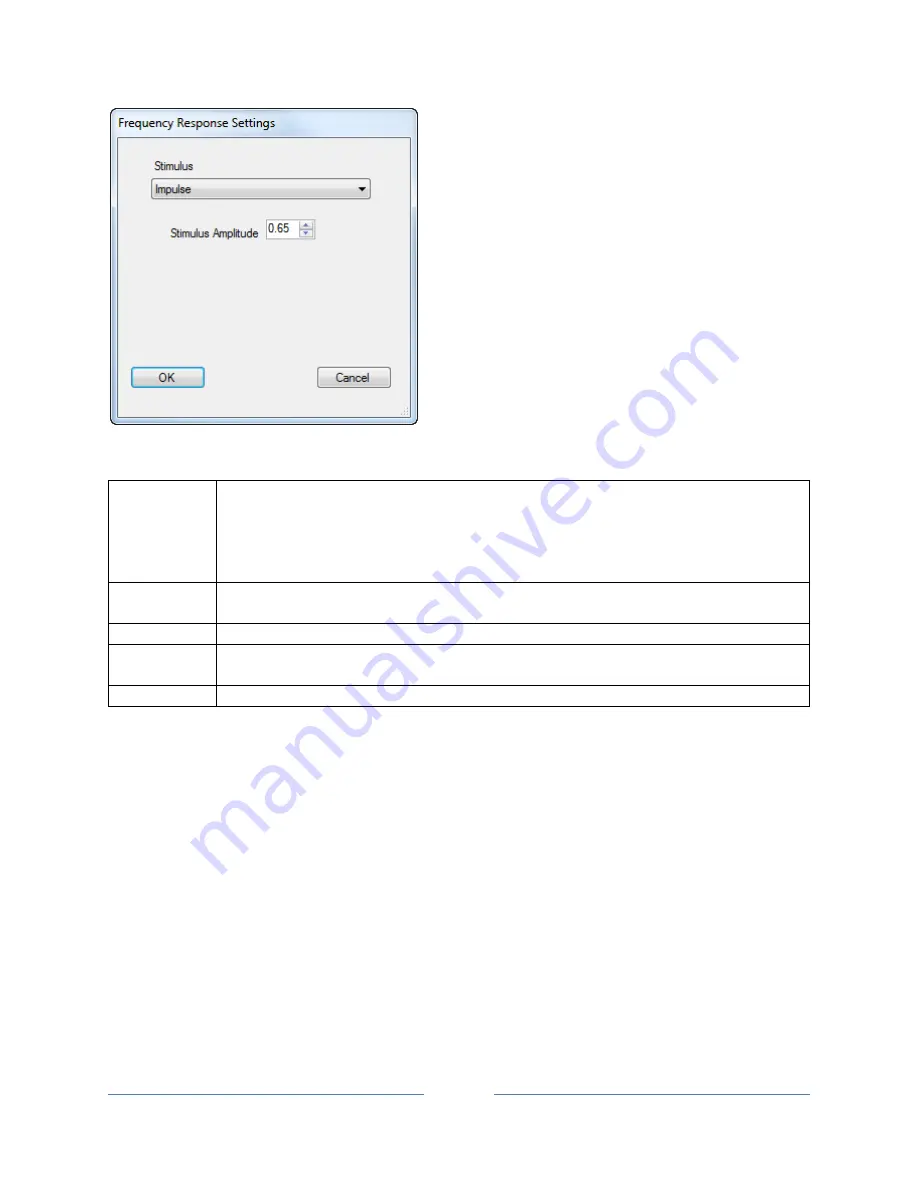
QuantAsylum QA401 User
’s
Manual
Page
41
There are five types of stimuli available:
Impulse
The impulse response is a single sample centered in the output buffer with the
specified amplitude. Because the energy of an impulse is so low, it’s primarily useful
in evaluating circuits that are directly wired to the QA401. Attempting to measure
frequency response with an amplified impulse played through speakers and captured
by a microphone can be challenging because there is so little recovered energy.
Expo Chirp
This is an exponentially swept sine, covering 10 octaves, with the final frequency
being 0.9 * Nyquist. This chirp will change based on sampling rate.
Linear Chirp
This is a linear swept sine, swept from 20 to 20 KHz regardless of sample rate.
Farina Chirp
This is an exponentially swept sine following the formula specified by Farina, with a
start frequency of 20 Hz, and a stop frequency of 20 KHz regardless of sample rate
White Noise
This is white noise originated from the DotNet random number generator.
It is well known that an impulse response has an infinite frequency spectrum. If you present a perfect
impulse response to a DUT, then the output from the DUT will be the response of that device. And we
can take the FFT of that response, and from that learn the frequency response of the DUT.
NOTE
: When looking at spectrum of the above stimuli, you generally want to be using RECT windowing.
Otherwise, the shape of the spectrum will be distorted by the windowing function.
If we connect the output to the input of the QA401 and look at the output time spectrum, we can see
the impulse response. The plot on the left shows this output zoomed in so that we can see the single
Содержание QA401
Страница 70: ...QuantAsylum QA401 User s Manual Page 70...
















































